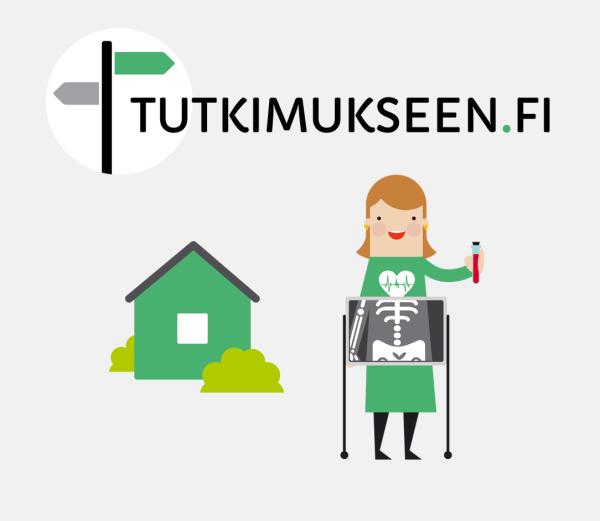Electroencephalogram (EEG)
Keywords:An EEG is used to study disorders of the brain, especially different types of seizures and disorders of consciousness. The examination measures electrical activity in the brain, eye movements, muscle tension under the chin, breathing movements and heart rate. The examination also includes a video recording.
The Clinical Neurophysiology Unit performs EEG examinations by appointment at the Tyks Lighthouse Hospital and, as necessary, on an emergency basis on the various wards of Tyks, including the neonatal, paediatric and adult intensive care units.
Tutkimukseen tulijan talo
Tutkimukseen tulijan talo tarjoaa tietoa laboratorio- ja kuvantamistutkimuksista.
Treatment facilities
Clinical Neurophysiology
We examine the electrical activity of the brain, sensory systems, nerves and muscles, as well as sleep and alertness. We monitor the nervous system and…
